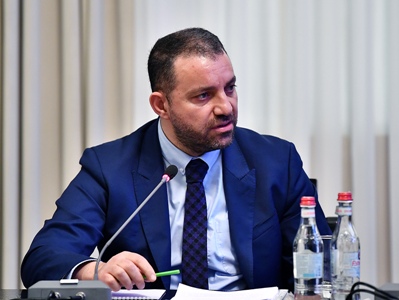“New Pre-Columbian Burial Site Unearths Startling Discovery: Children with Golden Ornaments Reveal Unknown Disease”
During the recent archaeological excavations in Huanchaco, Peru, a burial site related to pre-Columbian fishing was discovered. The site is connected to a nearby ceremonial complex, believed to be the oldest in the region, dating back to the 16th century. So far, around 120 burials from the pre-ceremonial period have been found, dating back to approximately 1540. The excavations have revealed European-imported ceramic vessels and wooden planks used for crafting fishing hooks and nets.
However, the most significant finding in the temple complex of Huanchaco is the discovery of two children buried with golden ornaments on their bodies. This discovery provides valuable insights for the study of paleopathology, as it reveals evidence of a previously unknown disease referred to as “flower’s disease.” This disease, caused by a virus from the water lily, was responsible for mortality during the first pandemics that occurred with the arrival of Europeans in pre-Columbian America. Studies show that the disease was introduced to Peru by Francisco Pizarro and his soldiers in the late 1530s, resulting in the death of about 70% of the indigenous population in the coastal areas of the province by 1620.
However, there is limited historical information about the early years of the pandemics in this particular region, making further studies crucial in understanding the disease’s impact on the indigenous population. Out of the 120 burials from the pre-ceremonial period in Huanchaco, 90 (or 75%) belong to children, with the majority (60 or 67%) being five years old or younger. The higher mortality rate among children suggests the presence of a new disease with similar patterns of mortality, potentially related to underdeveloped immune systems, according to researchers’ findings.

